Code.org
Code.org was founded by Hadi and Ali Partovi, who launched the platform on March 6, 2013, with a vision to make computer science accessible to students worldwide, particularly aiming to increase participation among young women and underrepresented minorities. The Partovi brothers were driven by a passion for computer science and an understanding of its crucial role in the future of education. Both brothers have substantial tech industry experience, with Hadi having served in senior roles at Microsoft and as an advisor to Facebook. Code.org has made a significant impact, with its initiatives reaching tens of millions of students across over 180 countries, leading to the creation of over 299 million projects on the platform (Code.org) (Wikipedia).
Differentiation: What Makes Code.org Special
Code.org sets itself apart through its comprehensive, accessible, and completely free coding curriculum that caters to all K-12 students. It is globally recognized for the "Hour of Code," an initiative designed to demystify coding and encourage participation in computer science. The curriculum is available in more than 45 languages, reflecting its international reach and commitment to inclusivity. Furthermore, the platform's collaborations with major tech giants like Amazon, Google, and Microsoft ensure that the learning materials are cutting-edge and highly relevant (Code.org) (Code.org).
How to Get Started
Starting with Code.org is straightforward. Parents and educators can directly access a variety of courses and activities on their website without any requirement for prior registration or payment. The platform offers guided tutorials starting from elementary to high school levels, making it easy for a homeschooler to begin at any stage (Code.org).
How It Works
Code.org is designed to be flexible and user-friendly, requiring minimal preparation from parents. Most activities are "open and go," with options for both guided and independent learning paths. For a typical homeschool setting, it's recommended to dedicate about 1-3 hours per week to coding activities. The platform is predominantly student-led but does offer resources and support for parents who wish to be more involved in their child's learning process (Code.org).
Educational Content Included
Introductory courses for young learners (Grades K-5)
Intermediate modules focusing on game and app development (Grades 6-8)
Advanced placement courses for high school students
Special projects like "Dance Party" and game creation labs
Comprehensive resources on AI and data science for advanced learners (Code.org)
What’s Good About It
Users often praise Code.org for its engaging content and ease of use, which make learning fun and accessible for children and teens alike. The platform's ability to integrate learning with popular media franchises like Minecraft and Star Wars greatly enhances its appeal and helps maintain student engagement. Additionally, its robust support network and the availability of materials in multiple languages are highly valued by the diverse Code.org community (Code.org).
What Could Be Improved
While Code.org offers a rich array of courses, some users feel that the depth in certain advanced topics could be enhanced to better prepare students for college-level computer science. Others have noted that while the interface is generally user-friendly, navigation can be overwhelming for first-time users due to the sheer volume of available resources (Code.org).
Advice from Parents
Parents recommend starting with the Hour of Code to gauge a child's interest before diving deeper into more structured courses. They also suggest supplementing the online materials with real-world coding projects to enhance understanding and application of the skills learned. Regular practice and progression through the levels can help maintain enthusiasm and retention of concepts (Code.org).
Ideal Fit
Code.org is ideally suited for students who are new to coding or those who have a casual interest in computer science. It's perfect for learners who thrive in a self-paced, exploratory learning environment and those who enjoy visually engaging and interactive content (Code.org).
Probably Not a Fit For
Students looking for highly specialized or in-depth software engineering skills may find Code.org's offerings a bit basic. It may not satisfy those who are seeking rigorous, structured programming training akin to what might be offered in advanced high school or college courses (Code.org).
Grades
Code.org is designed to cater to students from kindergarten through 12th grade, offering a broad range of difficulty levels to accommodate all ages (Code.org).
Cost
All courses and resources provided by Code.org are completely free, making it an exceptionally cost-effective option for homeschooling families (Code.org).
Ways to Get It
Code.org's resources are available directly on their website, accessible from virtually anywhere in the world. Just visit code.org to get started.
Affiliate Disclaimer: Some links on our site are affiliate links, which means Modulo may earn a small commission if you purchase through them (at no cost to you). Rest assured, we only recommend resources we’ve rigorously vetted and truly love—affiliate link or not. Thank you so much for supporting our work!
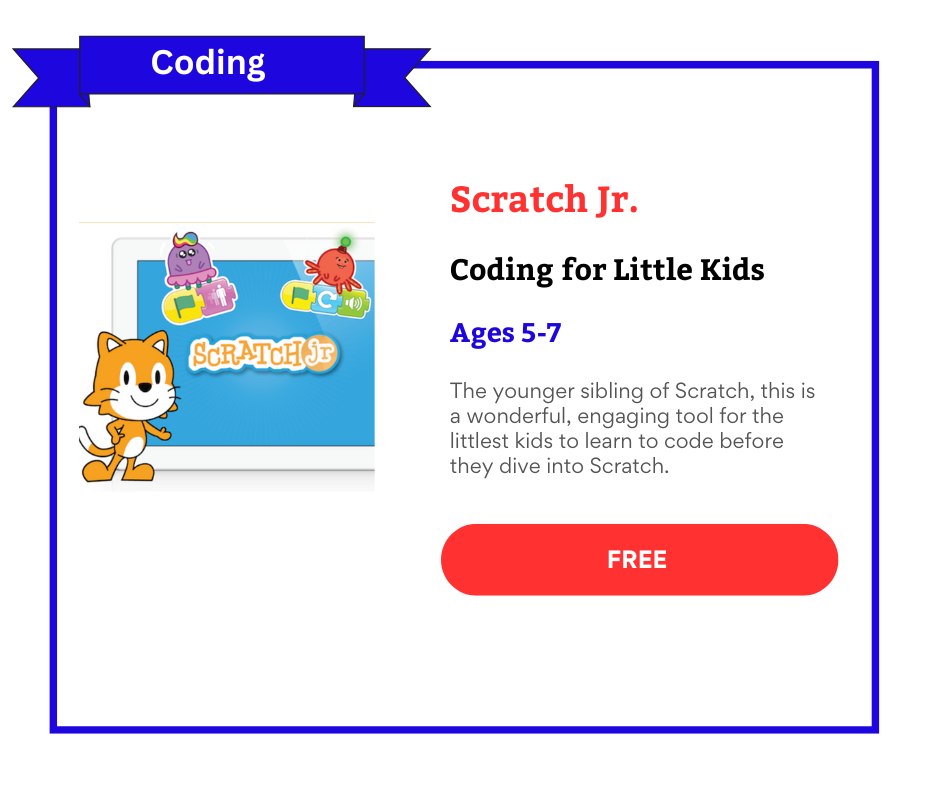
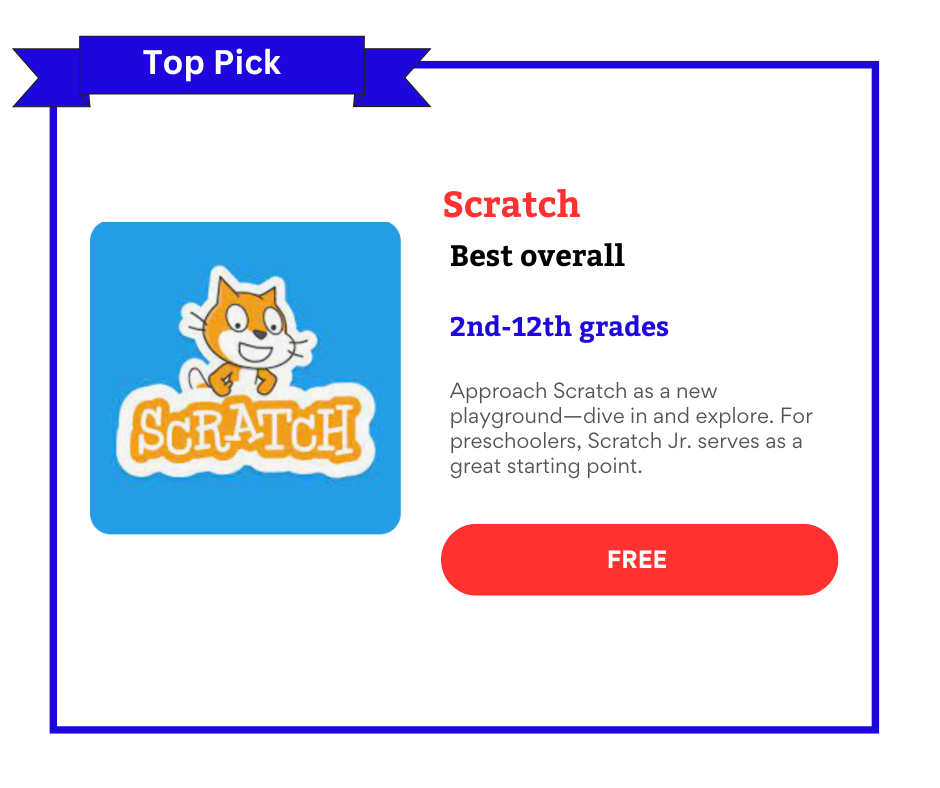
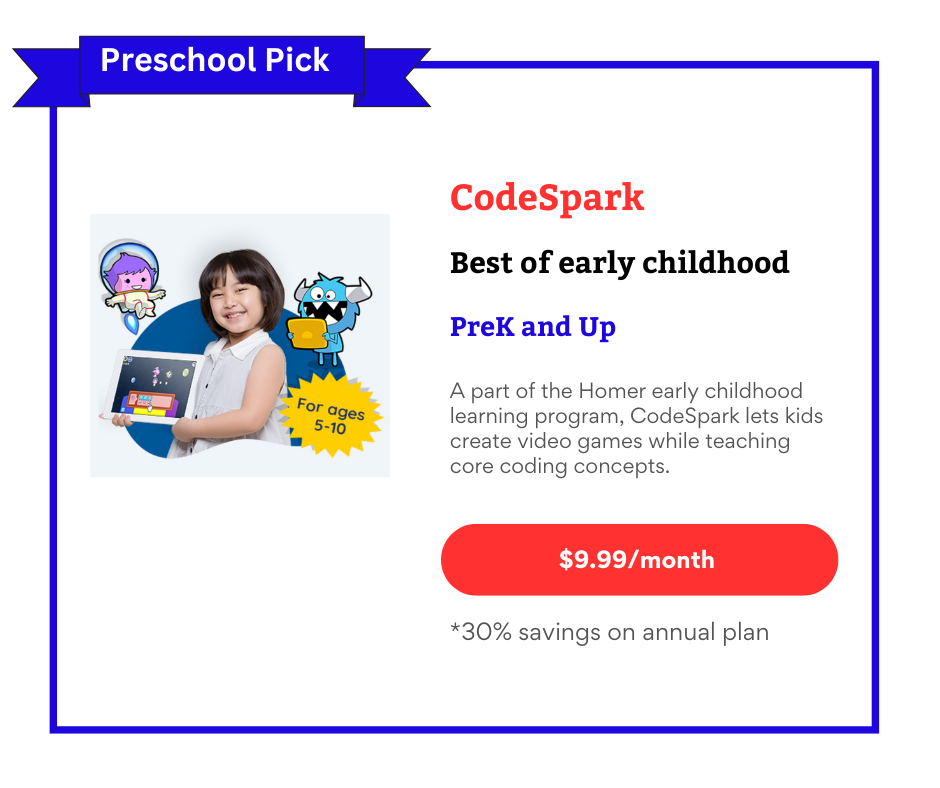
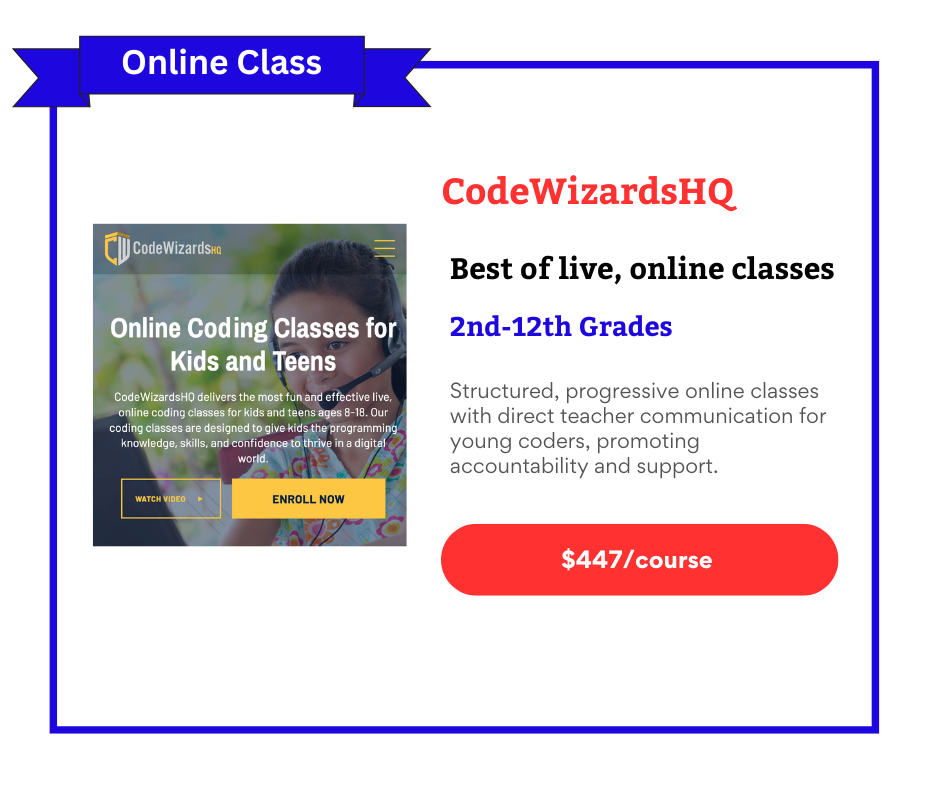
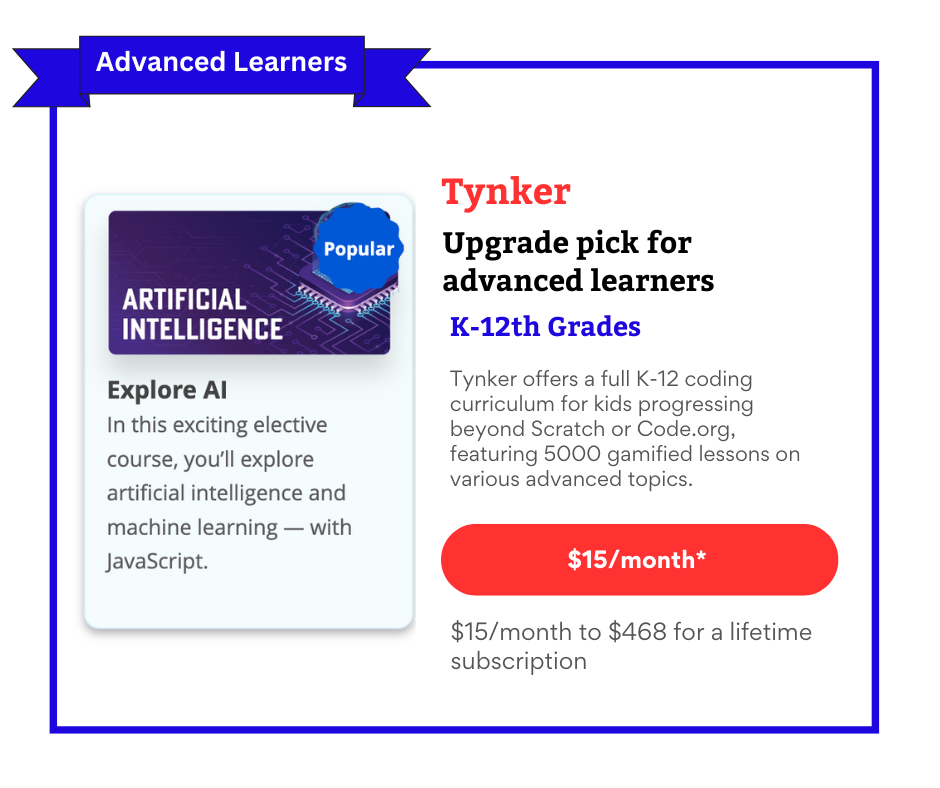
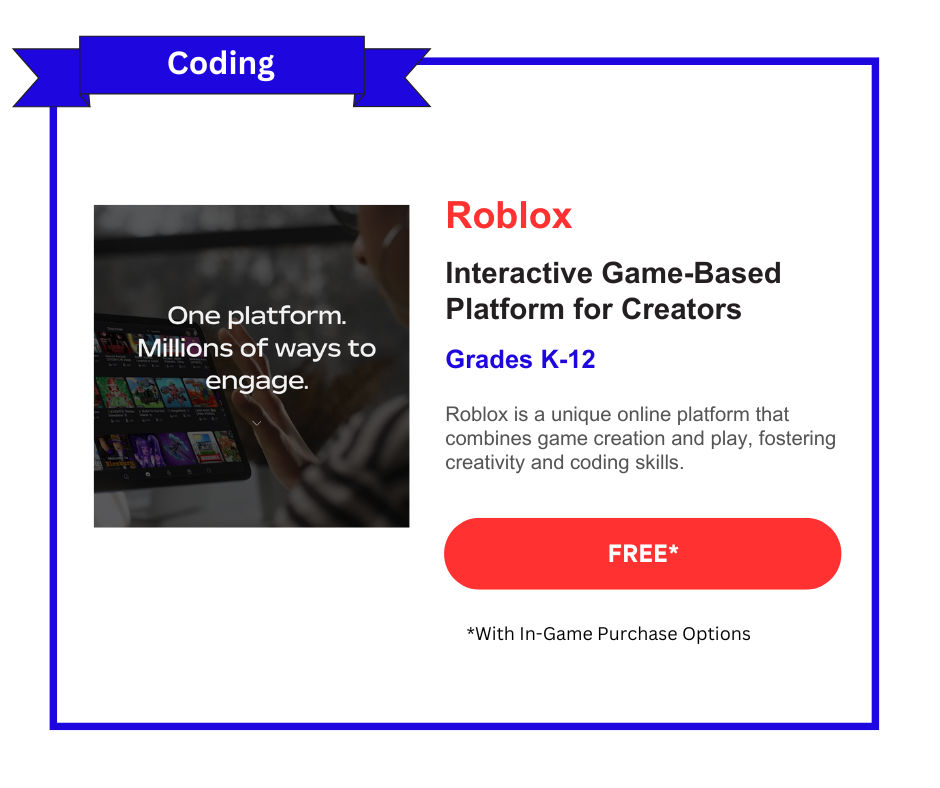
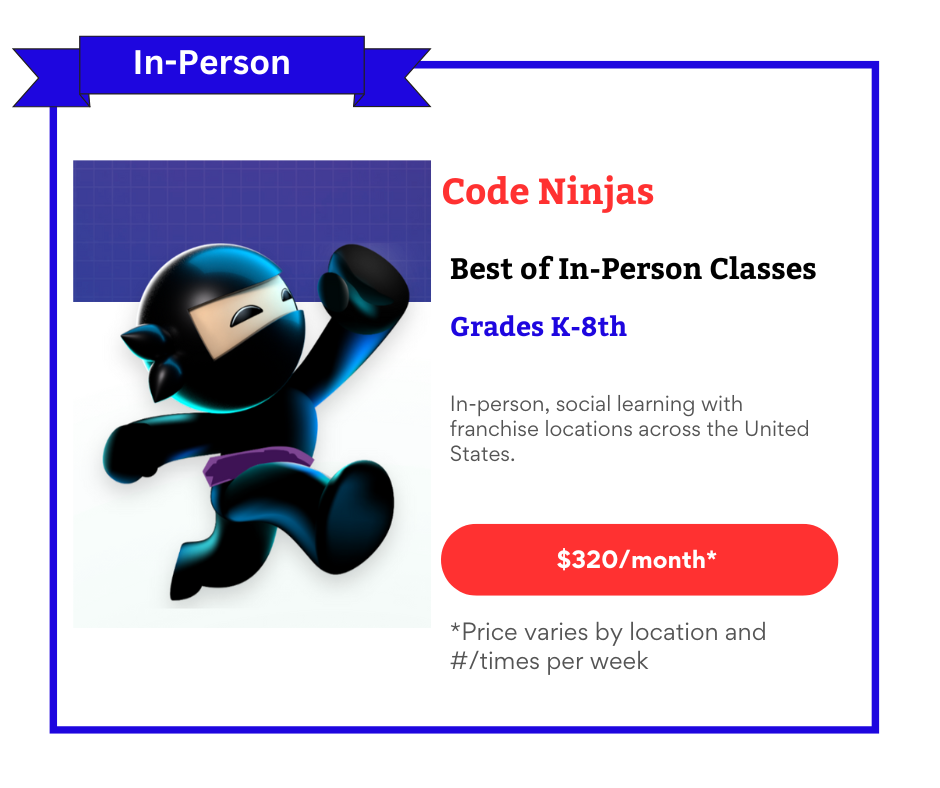
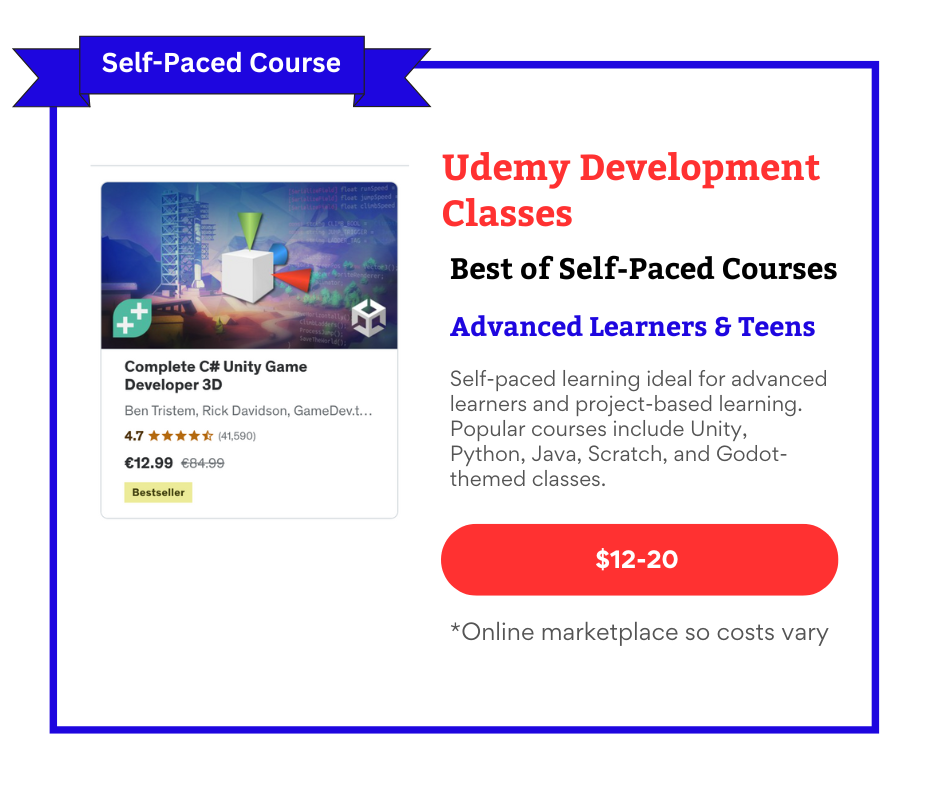
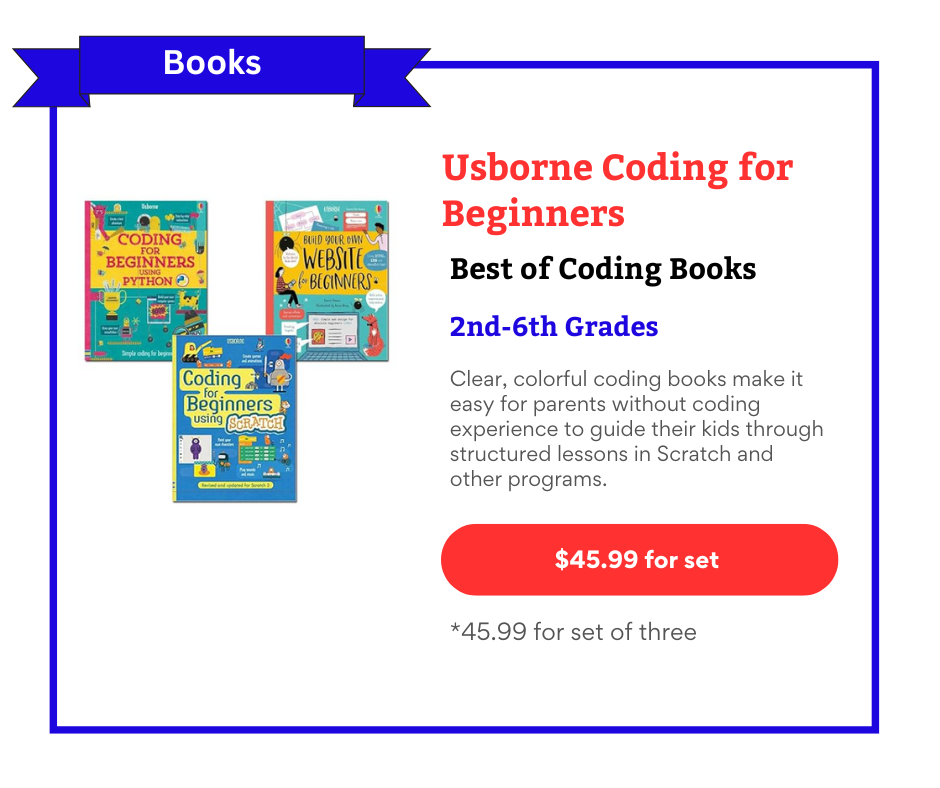

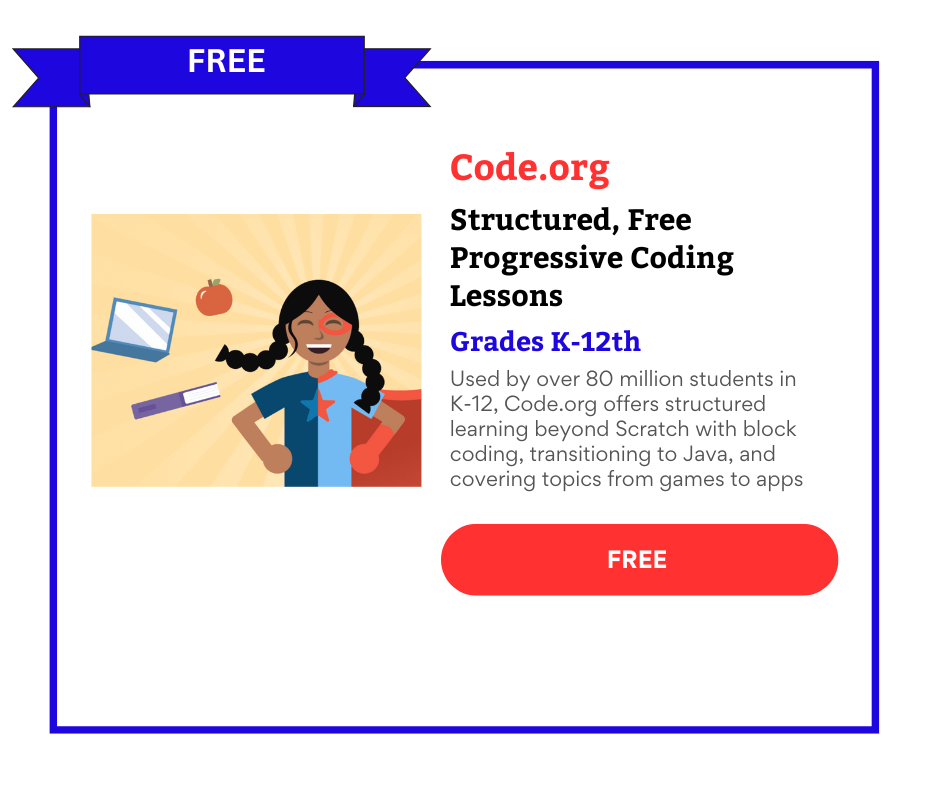
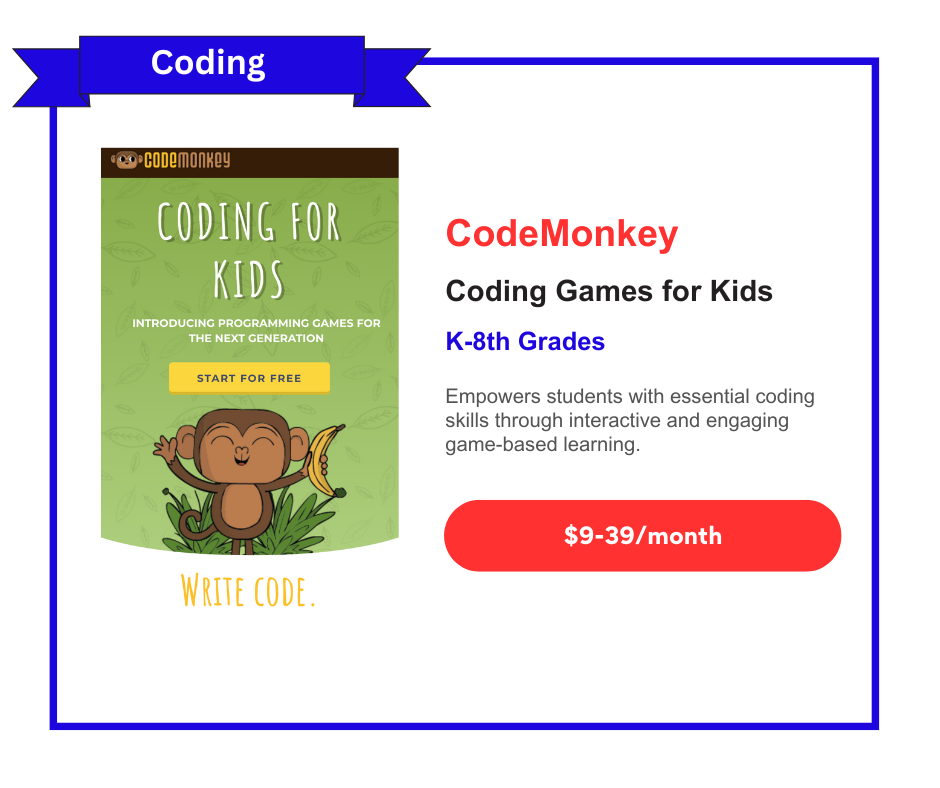
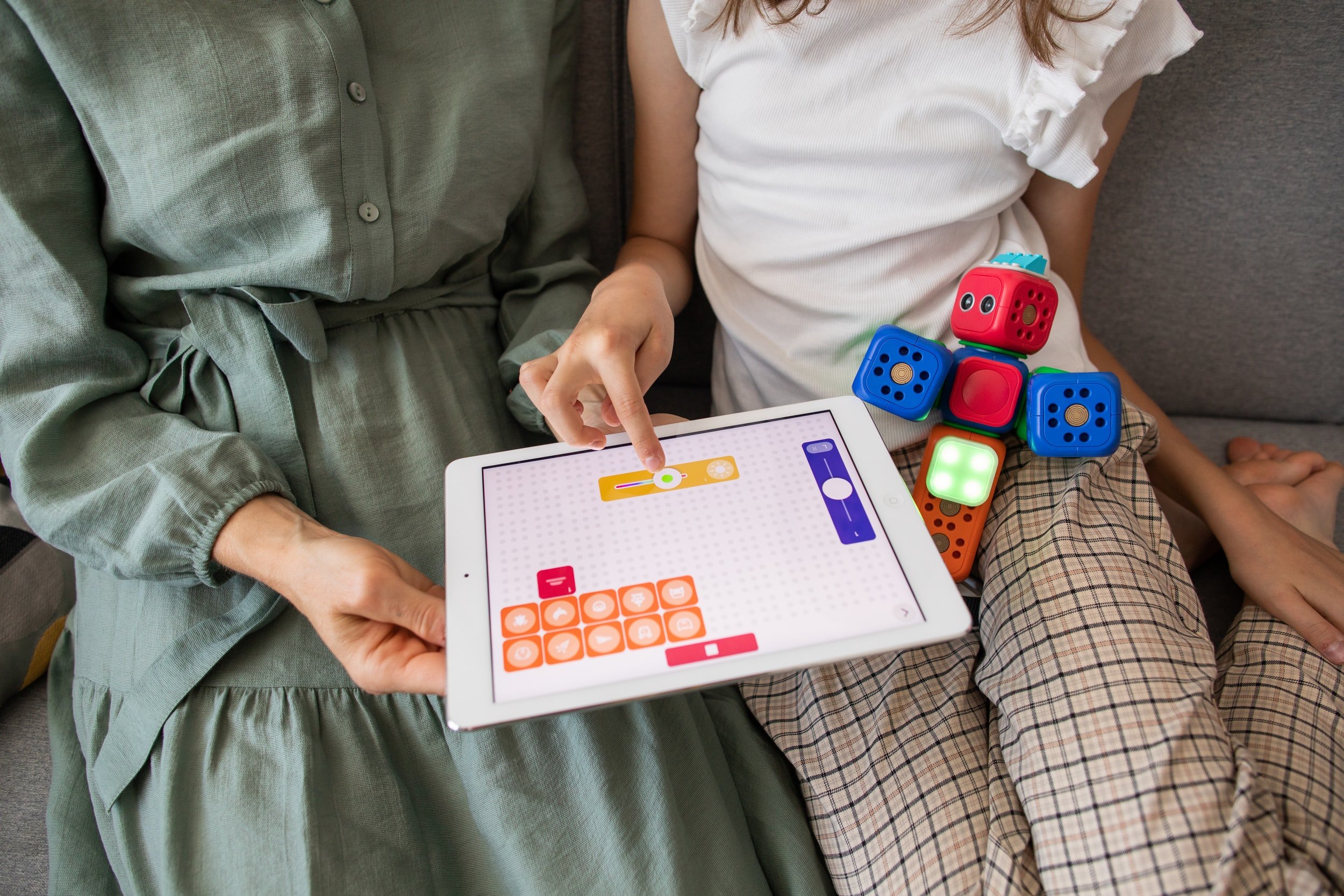


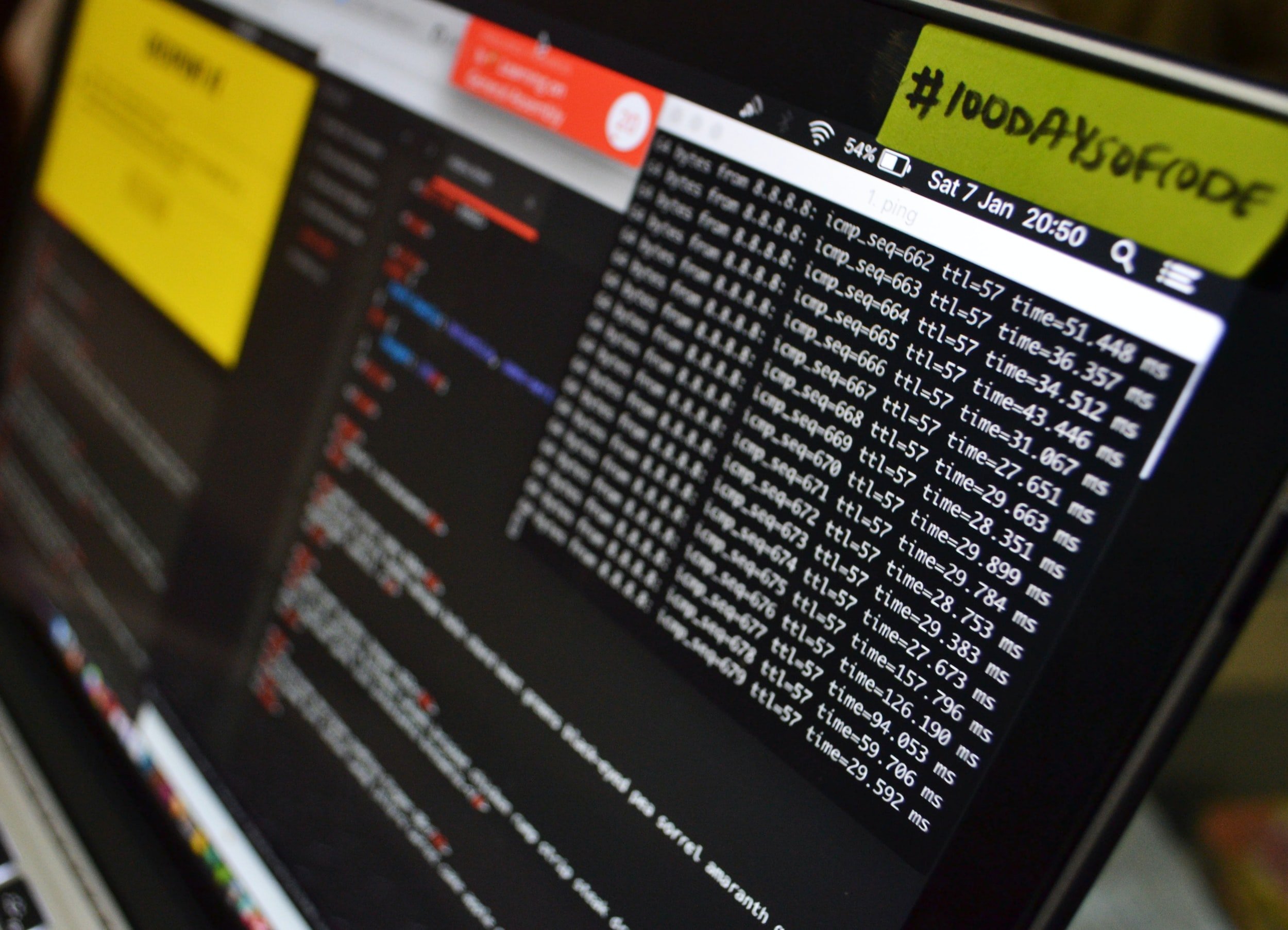
The Raspberry Pi, developed by Eben Upton and his team at the University of Cambridge, was created to address declining interest in computer science among students. Designed as an affordable, programmable computer, it aims to make computing accessible to all. Celebrated for its affordability, versatility, and active global community, the Raspberry Pi is widely used in education, industry, and hobbyist projects. It’s ideal for homeschooling, offering structured learning in programming, hardware interaction, and problem-solving through hands-on projects. With a broad age range suitability and cost-effective options, the Raspberry Pi provides an engaging and impactful STEM education tool, despite a learning curve for beginners.